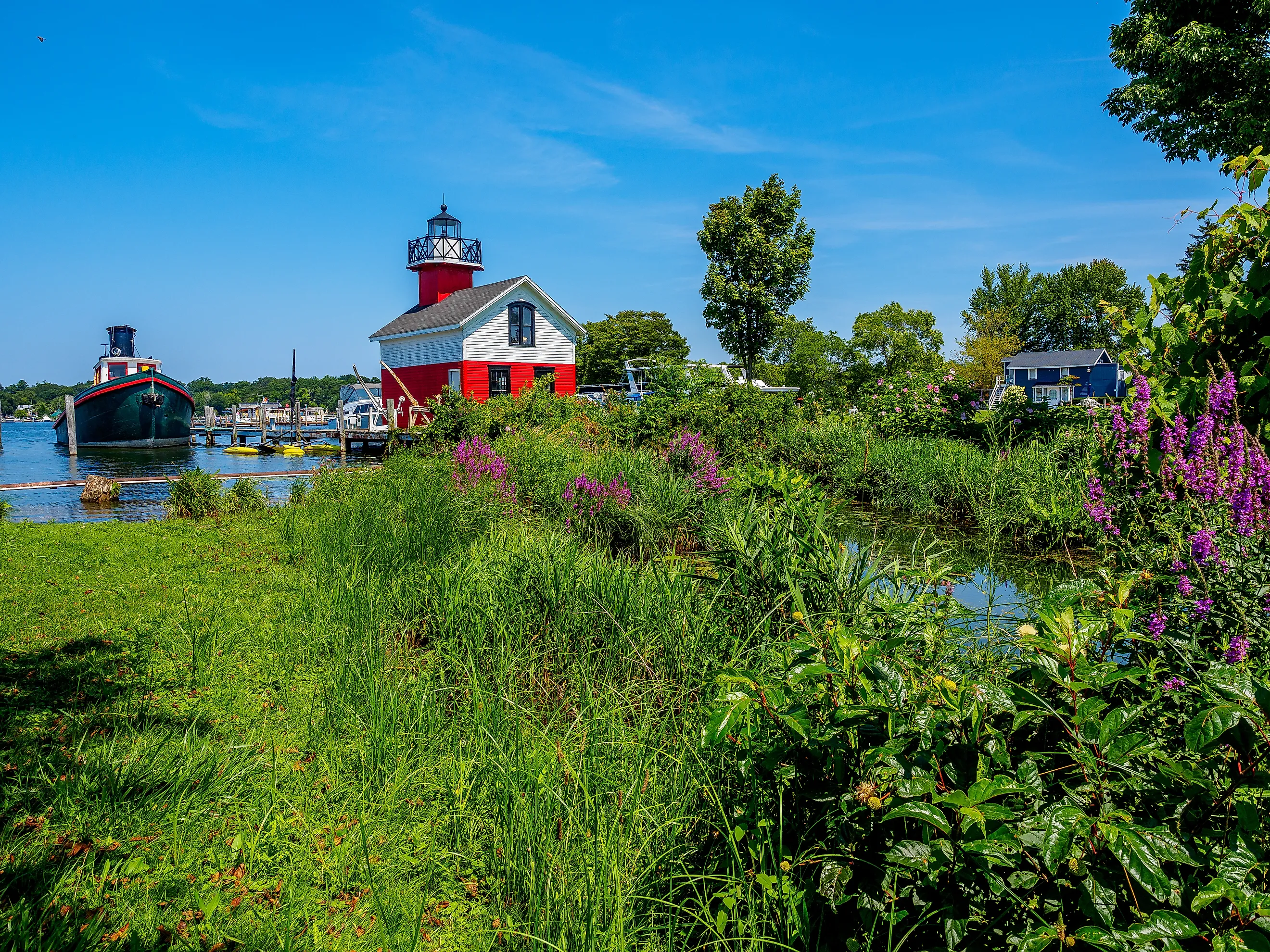
The Definitive Guide To Michigan's Hidden Gems
The Great Lake State is not only split into two peninsulas, but it bears two distinct personalities. On the one hand, Michigan attracts swarms of tourists to its many state parks, spritely beach towns, and energetic cities. At the same time, woven into the nooks and crannies of its populous Lower Peninsula, and at nearly every turn on its wild and isolated Upper Peninsula, there are hidden gems to uncover— places where history, nature, and culture align to create something truly special. Let's take a tour of these overlooked treasures in order from north to south.
Lower Peninsula
Douglas
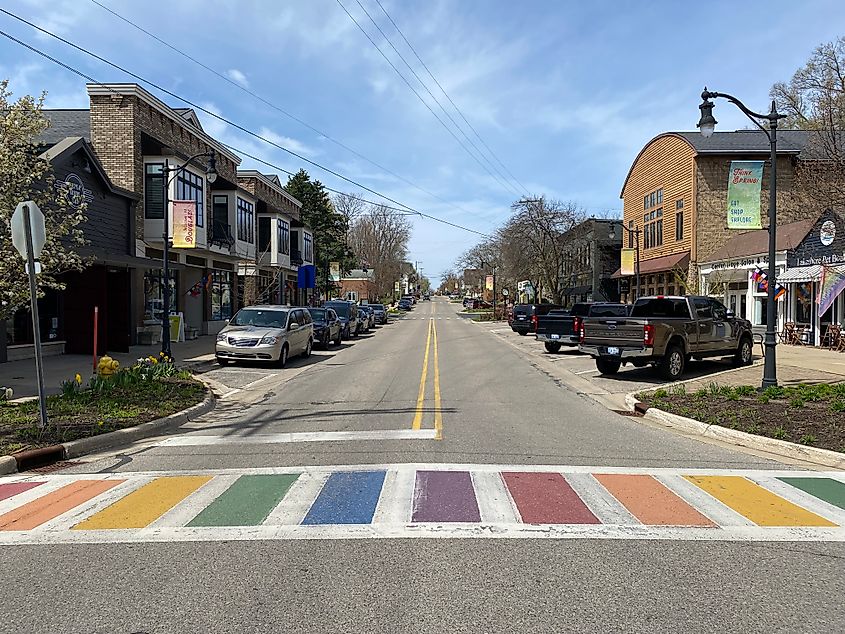
Situated along "The Art Coast of Michigan," just before Kalamazoo Lake/River empties into Lake Michigan, the small city of Douglas is easy to overlook in favor of its sister city, Saugatuck. Though often referred to as a collective community, Saugatuck, being the slightly bigger, more amenity-rich of the two, tends to attract the bulk of summer tourists.
But for those on the hunt for hidden gems, this can work in their favor. Like its neighbor to the north, Douglas is a beach town. The main difference is that parking along the residential Lakeshore Drive is very limited. Plan to stake out a spot early, or commit to the relaxing walk up Center Street. Speaking of Center Street, this is where Douglas' Social District comes into effect. This allows patrons to grab a drink at one of the many bars or restaurants, and enjoy it in good company. Finally, rainbows aplenty are flown in downtown Douglas—encouraging LGBT+ travelers to stop by, while also adding to the artsy aesthetic put forth by local business owners.
Empire
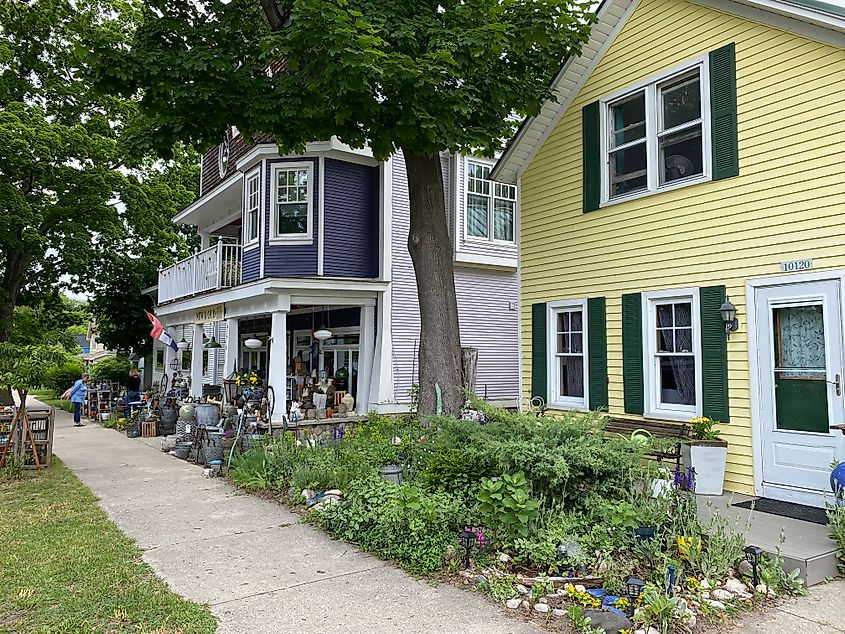
The lakeside village of Empire acts as a jumping off point for Sleeping Bear Dunes National Lakeshore, but is a satisfying standalone unto itself. Here, throughout its few square blocks, stands the Sleeping Bear Gallery, Tiffany's Cafe, Joe's Friendly Tavern, The Misers' Hoard antique/home goods shop, the Sleeping Bear Surf Shop, an immaculate public library, and a smattering of historic buildings and cozy inns. Those wishing to learn more about the isolated shoreline (past and present) can visit the Empire Area Museum or the Philip A. Hart Visitor Center. Here, national park passes can be purchased and local maps or tourist suggestions can be acquired.

As for natural attractions, Empire Beach splices its way between Lake Michigan's northeastern shore and the slim South Bar Lake. Its soft sands are framed by the steep, forest bluffs on either side, and punctuated by the Robert H. Manning Memorial Lighthouse. On the southside of town, the Empire Bluff Trail meanders through a beech-maple forest and culminates with sweeping views of the dramatic national lakeshore that awaits up the road. To the north, the paved Sleeping Bear Heritage Trail gives cyclists a chance to strut their stuff for 20+ miles.
Suttons Bay

Suttons Bay, Michigan business district. Editorial credit: Roberto Galan / Shutterstock.com
After enjoying the relaxed pace of life in Empire, and then experiencing the history and grandeur of Sleeping Bear Dunes, cut east across the Leelanau Peninsula to reach the village of Suttons Bay. Enjoy the brief but surprisingly stocked commercial district, where all sorts of sit-down restaurants are ready to fill hungry bellies after a day of climbing sand dunes. Like Empire, Suttons Bay also has a local beach (this time along the namesake body of water), quaint accommodations, and one-off shops/galleries.
This engaged community even has a single-screen movie theatre to encourage a bit of nightlife. Best of all, Suttons Bay is the perfect place from which to tour Michigan's fastest growing wine country. Amazingly, despite the limited real estate, the Leelanau and Old Mission Peninsulas now account for 55% of the state's wine production.
Charlevoix
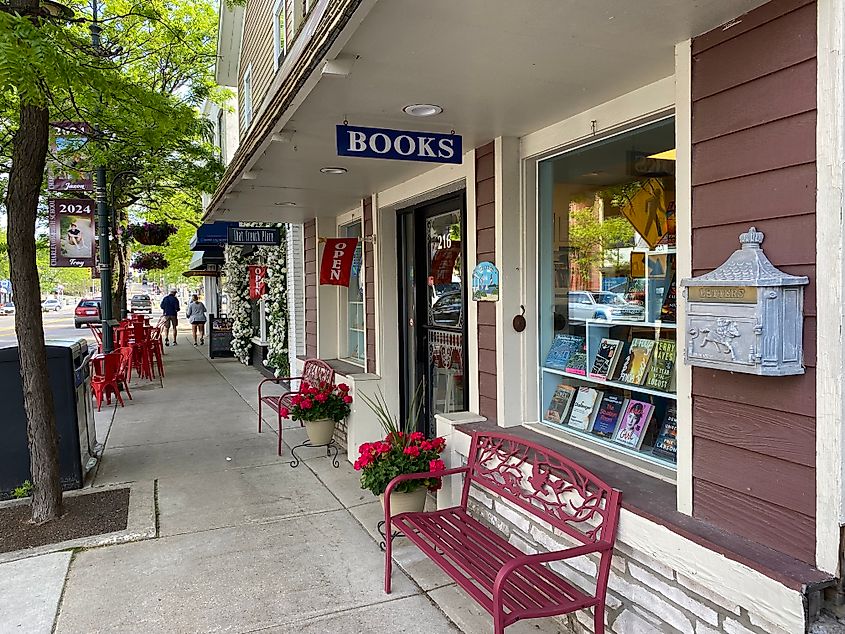
Despite existing in the isthmus between Lake Michigan and Lake Charlevoix, the small city of Charlevoix has many layers. Bridge Street concentrates the social and commercial flair into one cohesive, walkable stretch. With that said, watch for the off-shoot alleys, as there are hidden gems to be found there, too. Over on the Great Lake side of town, the Earl Young Historic District contains 26 earthy-themed homes that were dreamt up by the visionary architect.
They fall into three categories: Mushroom Houses, Hobbit Houses, and Gnome Homes. Stroll by at your own leisure remaining respectful of the private owners, or sign up for one of the guided Mushroom House Tours. And finally, should you find yourself in Charlevoix on a bluebird day, then swing by Michigan Beach Park to sprawl out on the sand, dip your toes in the water, or walk out to the boxy, red pier lighthouse. Alternatively, on the Lake Charlevoix side, Ferry Beach Park is another family-friendly swimming spot.
Upper Peninsula
Saint Ignace
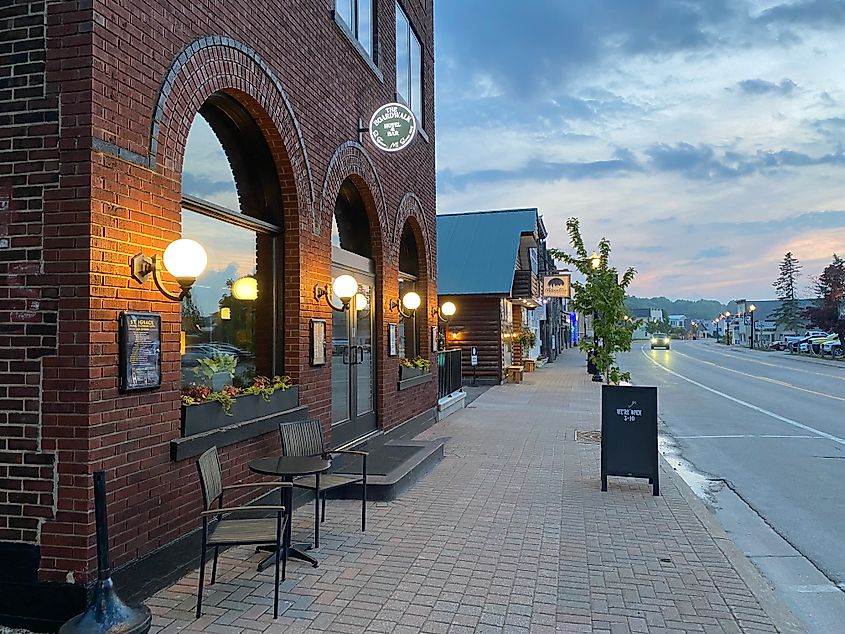
Tucked between the iconic Mackinac Bridge and the timeless Mackinac Island, Saint Ignace deserves to be acknowledged while swapping the Lower Peninsula for the Upper (or vice versa). Along with being a ferry port at the transition between Lake Huron and Lake Michigan, St. Ignace is also a Pure Michigan Trail Town. Hikers, bikers, skiers/snowshoers, snowmobilers, and ATVers are all accommodated in this gateway to the north.
And along with the slew of local day ventures, this seat of Mackinac County is also graced by the hardy thru-hikers of the 4,800-mile North Country National Scenic Trail—the longest in the NT system (that's right, not the Pacific Crest Trail or Appalachian Trail!). But even right on the waterside State Street, there is plenty to appreciate about St. Ignace. Pay a visit to the Wawatam Lighthouse, the Museum of Ojibwa Culture, or the collection of restaurants & cafes.
Munising
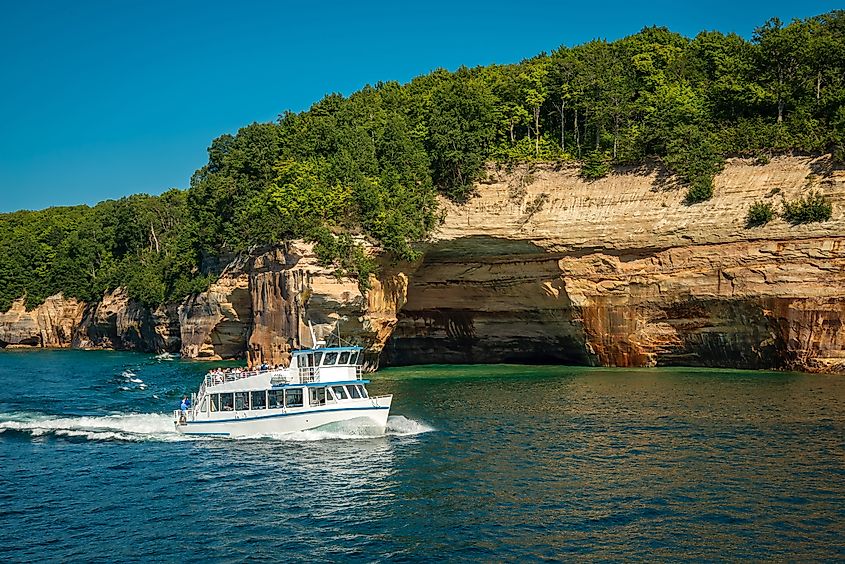
Visiting passengers on tour of pictured rock lake shore Lake Superior Michigan.
Along the shores of Lake Superior (the third of four Great Lakes that Michigan graces) highlights another stunning national lakeshore. Here, at the base of sheltered South Bay, outdoor enthusiasts can explore the 12 miles of wild beaches, 5 miles of mountainous sand dunes, 17 waterfalls, and 100 miles of exploratory trails. You'll also find a collection of eye-catching lighthouses along the sheer sandstone cliffs of the 42-mile Pictured Rocks National Lakeshore. This can be done to varying degrees on your own, or by joining some of the local operators, such as the glass-bottom shipwreck tours, ice cave tours, and kayaking tours.
Complimenting the dynamic shoreline is the 13,500-acre Grand Island—a National Recreation Area and welcomed addition to the Hiawatha National Forest that sits just a half-mile from the mainland (serviced by the Grand Island Ferry). Munising itself is a low-key highway town with all the necessary provisions for a memorable vacation, without creating any traffic or fuss.
Houghton
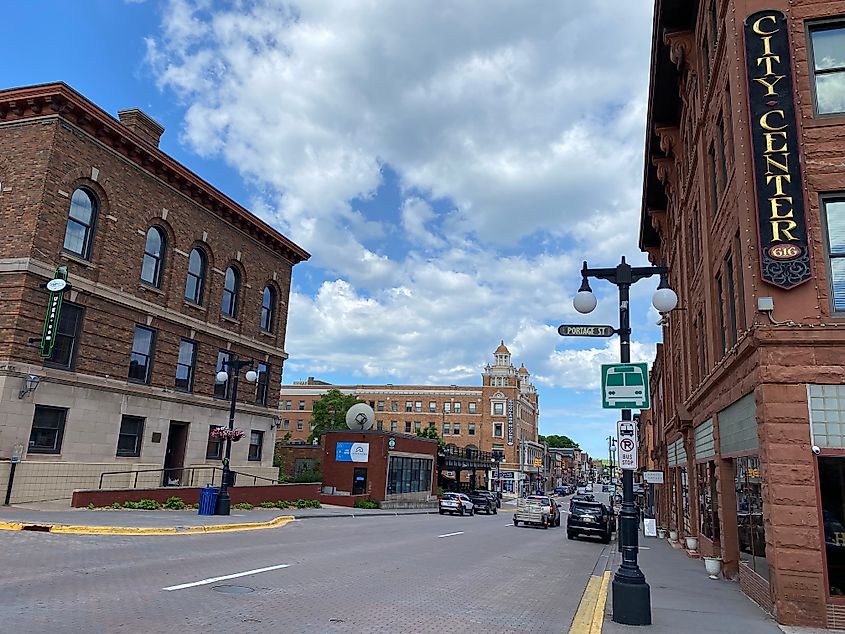
Houghton sits at the base of the Keweenaw Peninsula—the entirety of which could be classified as a hidden gem. The isolation of this northernmost segment of the Upper Peninsula makes it particularly visceral. The region's colorful copper mining history is proudly displayed, and its natural appeal emanates effortlessly from the interwoven waterways and forests. Furthermore, the adventurous citizens are as free-spirited as they are friendly.
Houghton stands out relative to the forthcoming communities because it has the look and feel of a modest city—replete with the amenities travelers may crave after the long and wild drive up. Sheldon Avenue, in particular, will keep people stocked up and entertained. But be sure to check out the Portage Canal Lift Bridge, the AE Seaman Mineral Museum, and the Isle Royale National Park Visitor Center around the periphery.
Calumet
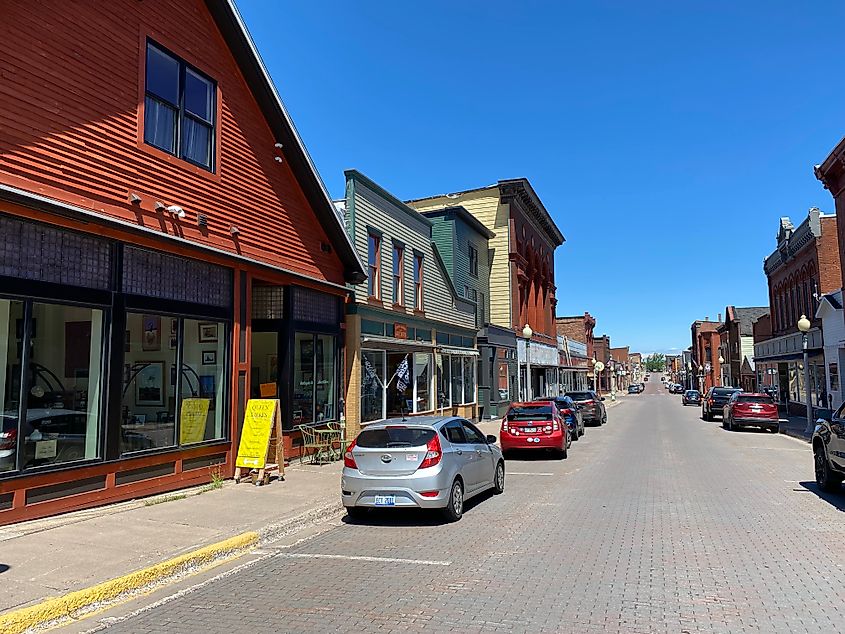
The red-bricked historic buildings and ambitious cathedrals of Calumet bring a special vibe to the thick of the Keweenaw. The thriving Calumet Theatre, the Copper Country Firefighters History Museum (with its rows of red fire trucks of varying degrees of antiquity), and the authentic miners' saloons harken back to the early days of the Great Lake State. But perhaps most pertinent is the sizable and engaging visitor center for the Keweenaw National Historical Park. Learn about the Italian Hall disaster of 1913, the rise and fall of the copper mining industry, and the must-see points-of-interest that await elsewhere around the storied peninsula.
Eagle Harbor
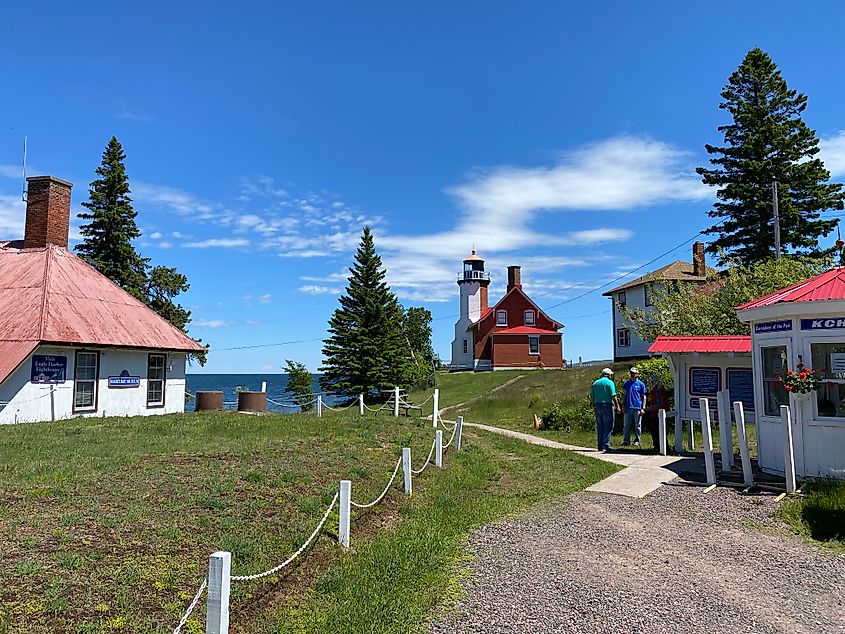
Likely a scenic stopover for many, Eagle Harbor does have a few quaint accommodations for anyone wanting to bask in the shoreline serenity of this hidden enclave a bit longer. The main attraction is Eagle Harbor Lighthouse and Keweenaw County Historical Society—both on the western wing of the community's namesake harbor. On the east side, the Eagle Harbor Life-Saving Station and Museum honors the branch of the U.S. Coast Guard tasked with the capricious waters of Lake Superior. Just outside of town, a healthy network of trails brings hikers to the Eagle Harbor Red Pine Dune Nature Sanctuary and the beautiful bluffs of Nicole Bloom Memorial Trail.
Copper Harbor
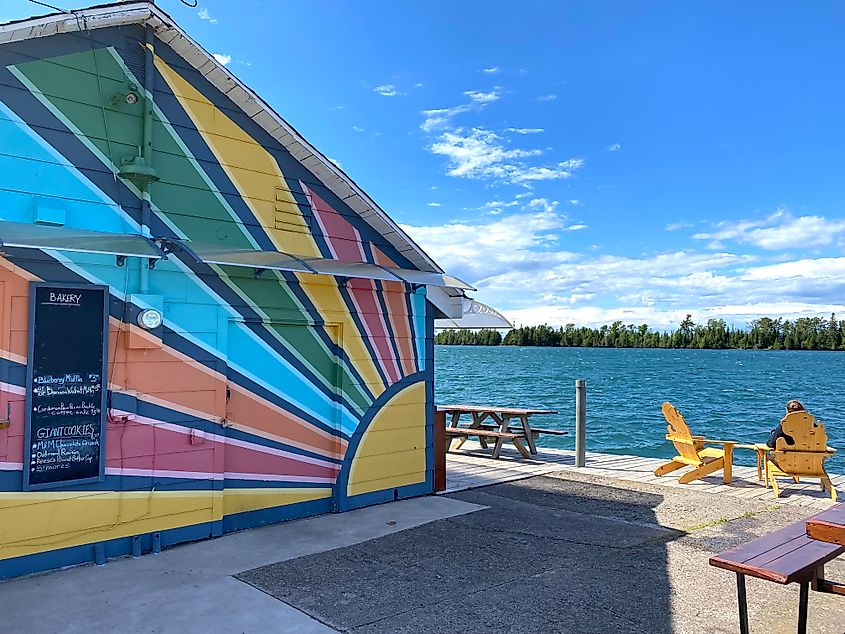
The quirkiest and most hidden of Michigan's gems greets committed motorists at the very tip of the Keweenaw Peninsula. The 100 or so permanent residents of Copper Harbor support the modest influx of ecotourists, and introverts simply looking to get away from the riff-raff of society. Before rolling into the heart of town, first boot up Brockway Mountain for an impactful perspective on the whole area.
Then, continue on to Fort Wilkins Historic State Park (circa 1844), the Estivant Pines Nature Sanctuary—where some of the state's last giant white pines are still going strong, and scoot just a few minutes past Copper Harbor's commercial core to the interpretive sign marking the start of US Highway 41. Incredibly, this highway works its way all the way south to downtown Miami.
Perhaps the best reason to stop in Copper Harbor is to see one of the United State's least-visited national parks: Isle Royale. This raw, adventure-fueling island is just off the Canadian coast of Lake Superior. Spring/Summer ferries also depart from Houghton, but the sailing time from Copper Harbor is over two hours less. Besides, Michigan's northernmost community simply pairs better thematically with its northernmost naturescape. Just beware that Isle Royale has almost no infrastructure beyond hiking trails and primitive campgrounds.
Hidden No Longer
Michigan's hidden gems range from skipped over beaches, to individualized communities, to untouched and remote natural playgrounds. They await in the shadows of summer hot spots and entertainment epicenters, or in the far reaches of this geographically meandering state. So why not try something a little different this year? Snap out of that tried-and-true itinerary, and instead, go in search of some of these humble highlights.











